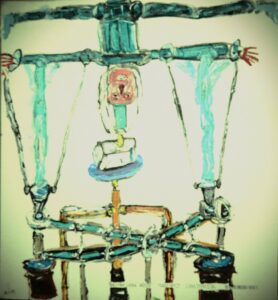 aim
aim
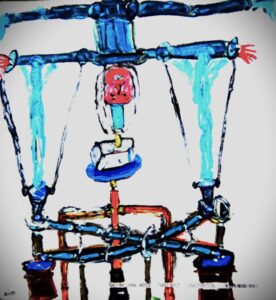 aim
aim
15.1″x14″
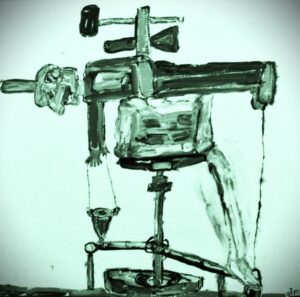 aim
aim
Sadly, I was not at the Royal Festival Hall to witness the Iceman's Blocks but all the evidence suggest that the performance work was a supreme example of "relational art". This opinion is based on much circumstantial evidence, garnered by talking to people who were there. There is also considerable photographic evidence, as well as the paintings by aim. There is also film evidence of a Block being gifted to the river Thames. The above photographs are good examples of what I mean. In the second one The Iceman seems to be virtually bowing to his audience but it is interesting to note that they are also relating to other items. The first photograph is intriguing because The Iceman is actually amongst the audience. This is almost less than 'interactive', a feature of relational art. For a lot of the time, apparently, The iceman was more of an organiser, who even set up his own office to sell his wares. This put me in mind of Gabriel Orozco's orange selling or hammock provider[MoMA New York]. The Iceman indeed often takes a back seat, waiting for the public to relate to his "idea/concept". They help him to create/complete the work of art. This is seen in the small, orderly queues of people, waiting to meet him or buy a copy of a block. It is seen also in how The Iceman delegates responsibility to other viewers, who even take it upon themselves to speak on his behalf! The resulting sort of sense of community and participation feeds the momentum of the art. The more I become aware of the performative work of The Iceman, the more sense aim's paintings make, in terms of the 'relational' events durring the live performances. The art historian, Claire Bishop, wrote that relational art's public engagement risked a versions of idealised romanticism, verging on the 'kitsch. Somehow The Iceman doesn't fall into this trap because his version of relational art has an unexpected integrity and authenticism. There are genuine human relations at play at the interface of artist and witnesses. Bourriaud called relational artists and their audiences "microtopias" in that the communal bonds that are formed from these experiences create a temporary container for experiencing human connectivity within the social context of the works. The Block is The Iceman's own "microtopia"? Kafe Smictiric [international art critic]
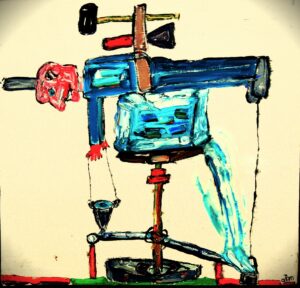 aim
aim
16.1″x15.5″





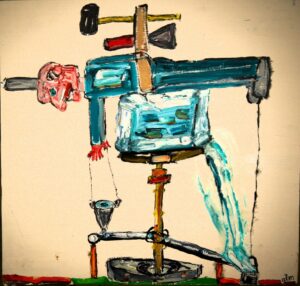
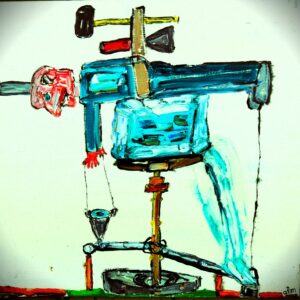
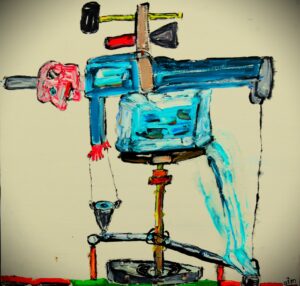


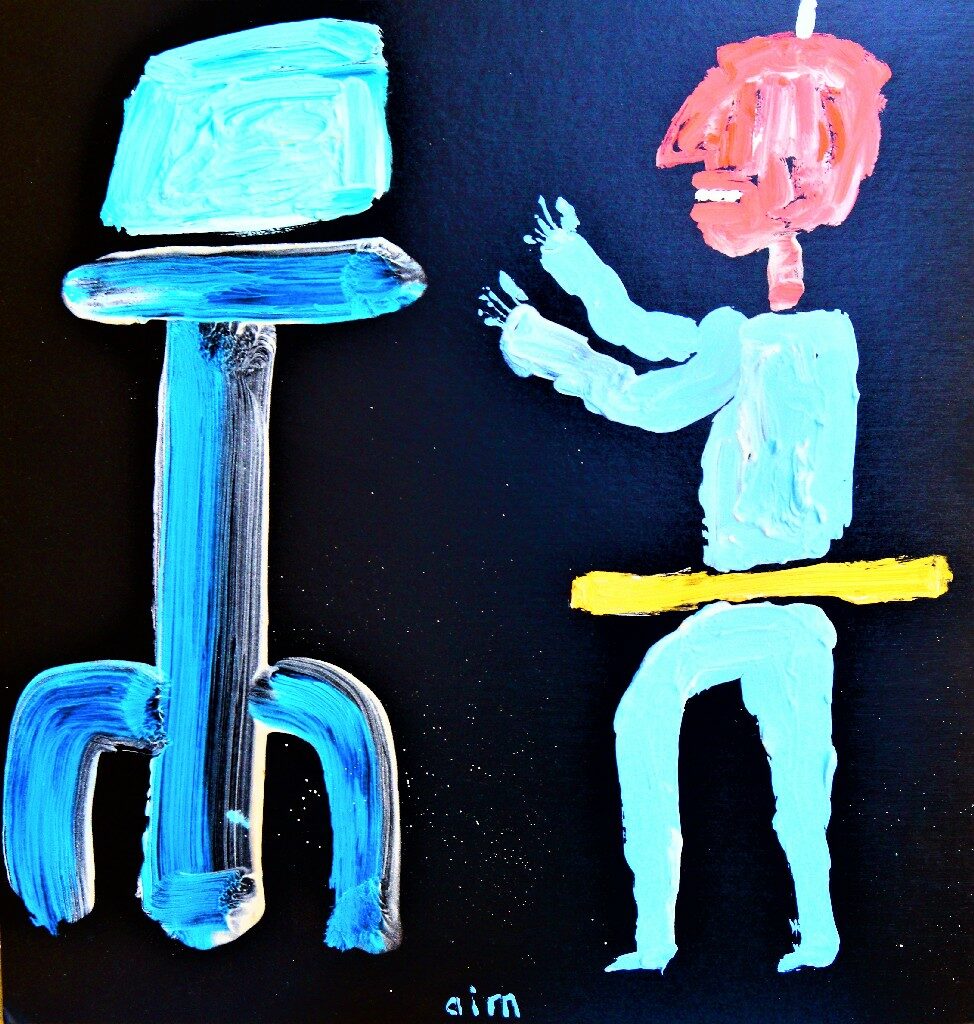
Recent Comments